Nashville Dam Removal
Dam removal on Barry County’s Thornapple River improves local fishery
Anglers fishing the Thornapple River in Barry County should experience better fishing for various species, thanks to dam removal efforts over the past few years. Work by several governmental agencies – including the Michigan Department of Natural Resources – and environmental groups has led to the removal of dams, resulting in this stretch of the river meeting water quality standards. The Thornapple River is now fully able to support its fishery.
This river, near the village of Nashville, previously experienced low dissolved oxygen levels due to decomposing materials in the silty sediments that filled in the impoundment over the past 100 years. These factors created an environment difficult for certain fish species to survive. Monitoring by the Department of Environmental Quality discovered this problem and caused a 27-mile reach of the Thornapple River to be listed on Michigan’s Clean Water Act (CWA) section 303(d) list of impaired waters for low dissolved oxygen levels.
As a result of focused work by many organizations, the Nashville Dam was removed in 2009 and the smaller Maple Hill Dam on Butternut Creek (a tributary of the Thornapple River) was removed that same year. After removal the Thornapple River and Butternut Creek became narrower, water flowed more quickly, and the rivers recovered. The Thornapple River had historically experienced periodic fish kills from low dissolved oxygen levels, but now improved water quality and dissolved oxygen levels are able to fully support aquatic life.
“Unfortunately, past abuses remain and the Thornapple River will continue to be listed as impaired due to polychlorinated biphenyls (PCBs) and mercury,” said Chris Freiburger, fisheries biologist with the DNR’s Habitat Management Unit.
“The Thornapple River is a great example of what can be accomplished when a committed group individuals, local organizations and government agencies focus on a problem. This success story would not have happened without all of us working together,” said Freiburger. “The end result of this effort is that anglers have better fishing on the Thornapple River since the dams were removed, particularly for smallmouth bass and northern pike.”
The DNR contributed $249,000 for project engineering, helped design the dam removal, and oversaw construction of a rock arch rapids. Additional partners of this restoration effort included U.S. Fish and Wildlife Service, National Oceanic and Atmospheric Administration, http://water.epa.gov/polwaste/nps/success319/mi_thornapple.cfmNational Fish and Wildlife Foundation, Barry Conservation District, Village of Nashville, Potawatomi Resource Conservation and Development Council, Eaton Conservation District, Michigan Department of Transportation, Thornapple River Watershed Council, FishAmerica Foundation, and the Ocean Trust.
For more information on this project, check out this document from the U.S. Environmental Protection Agency: http://water.epa.gov/polwaste/nps/success319/mi_thornapple.cfm


